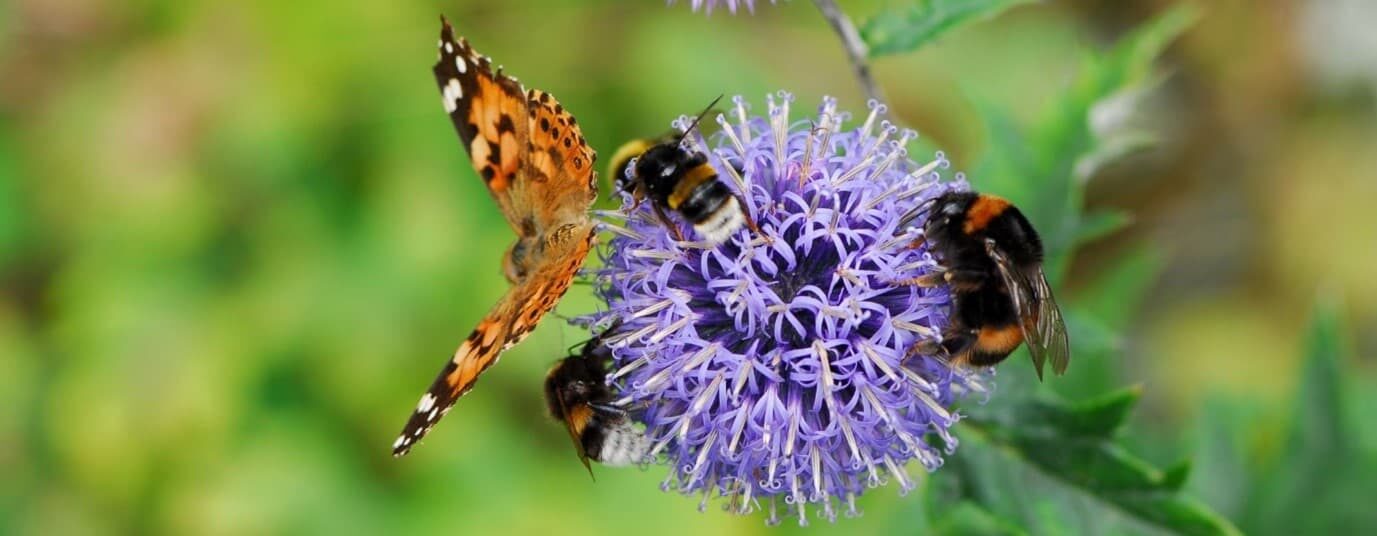Why are Pollinators Important?
Many flowering plants can only reproduce and create seeds by the process of pollination. Pollination involves moving pollen from the male part of a flower (the anther) to the female part of the flower (the stigma). A few plants can do this unaided, like broccoli; this is called self-pollination.
Some plants, like sweetcorn, use the wind to shake the pollen around. Most flowering plants require a carrier in the form of an animal to move it for them. These animals are the pollinators. Many fruit trees and bushes, which are sold as self-pollinating varieties, will still produce a larger crop if they have a second plant or ‘pollination partner’ nearby. This increases their chances of success in producing fruit.
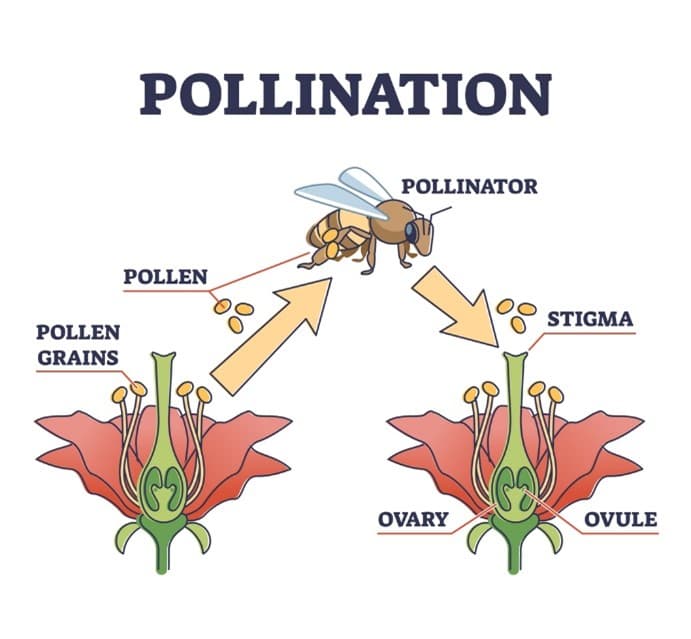
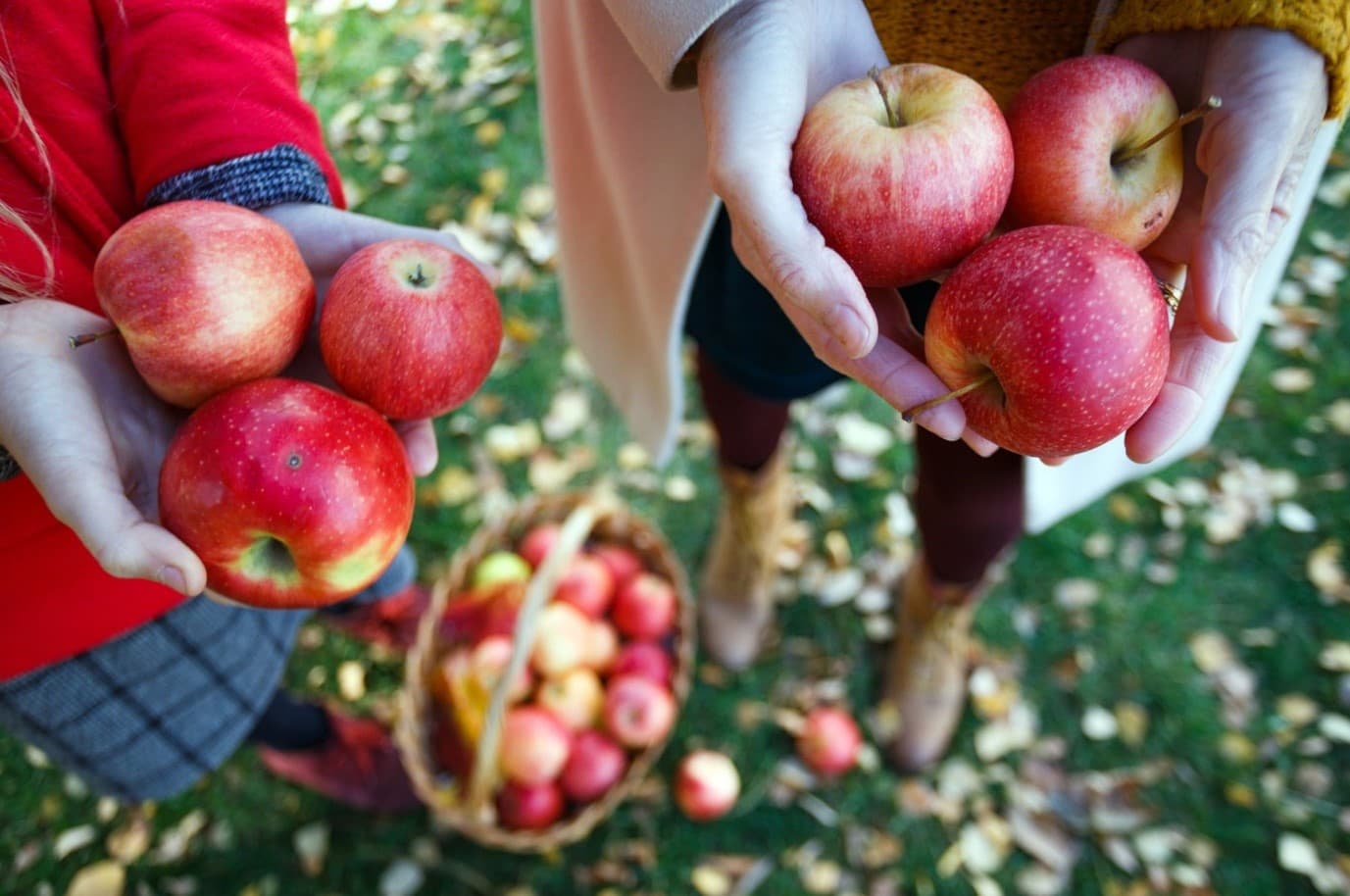
In the UK about 80% of plants require pollinators. These plants produce nectar to encourage pollinating insect to visit them. From food crops to garden plants to wildflowers, the incredible diversity of species we are so lucky to have, relies on the work of these busy little creatures. About one third of all the food crops we humans eat, rely on pollinators. They contribute about £690 million to our farming economy every year. Our native wildlife also relies on pollinators for food. The bugs themselves are part of the food chain and they help plants to create the seed and fruit that is eaten by wildlife.
It is not just food and wildlife that we owe pollinators so much for, it is our ornamental plants. Much of what we grow in our gardens and parks also relies on pollinators to reproduce. Without them the UK would be a much duller place.
More than 50% of bee species in the UK are in decline and 60% of UK wildlife is in decline. With pollinators being such an important part of our ecosystems as well as our food security and economy, it is important that we support them. We can do this by choosing nectar rich plants for our garden. We can all do our bit and every little counts.
What are the Main Pollinators in the UK?
In the UK there are at least 1500 different species of insects which act as pollinators. The main ones, as most people know, are the bees.
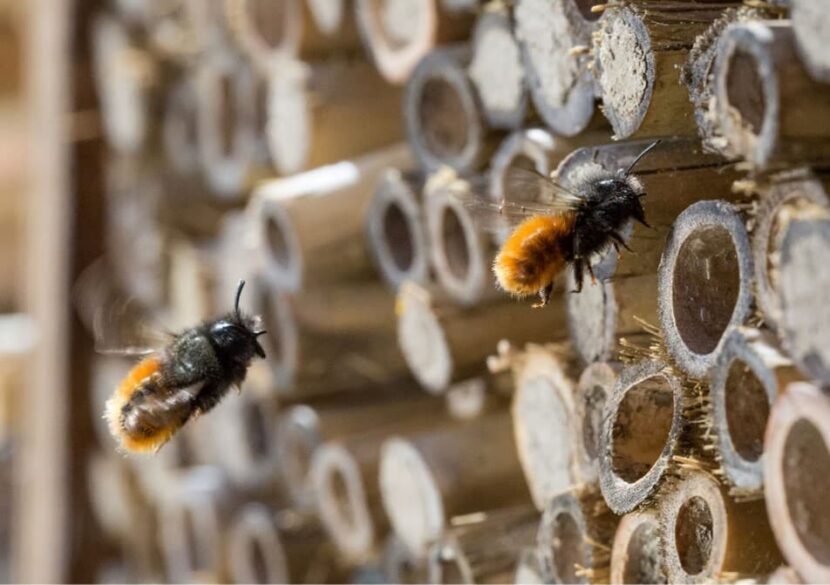
Honeybees which live in hives and are cared for by apiarists are estimated to pollinate between 5 and 15% of the UKs insect pollinated crops. This leaves 85 to 90% of crops to be pollinated by wild pollinators. Other bees include solitary bees of which there are almost 250 different species in the UK. In comparison there is one species of honey bee and 24 of bumble bees. Unlike honey bees, solitary bees don’t travel very far from their nests. These are the kind of bees that often nest in the ground or lay eggs in small holes in brick walls or wood. Bug hotels with drilled holes of varying widths are great for encouraging these insects. Solitary bees are prolific pollinators.

Butterflies are picture postcard pollinators next to bees, but with only 57 butterfly species and 2,500 moth species in the UK, moths are more important overall. You may not notice them visiting flowers as most are night flyers but they can carry pollen far and wide.
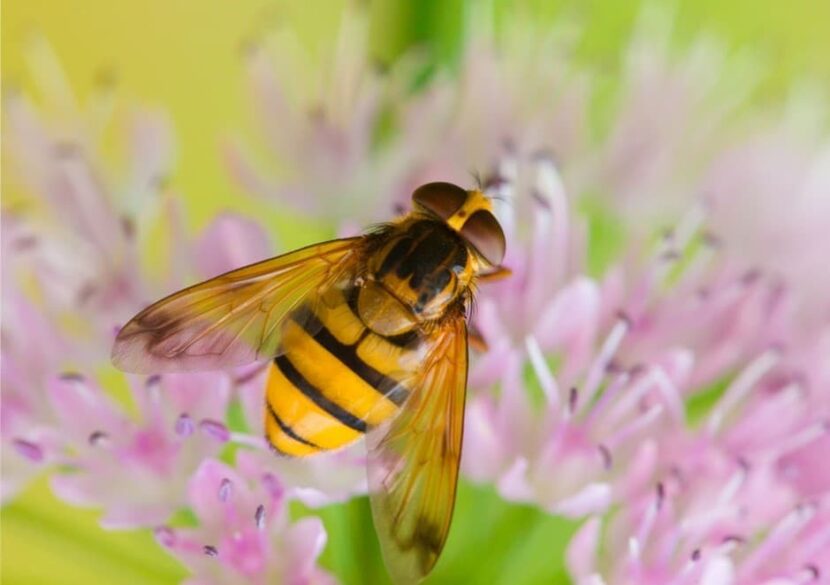
Flies are important as pollinators, even if generally unloved. Hoverflies however are beautiful and can be prolific pollinators. They can carry pollen over long distances and some even cross the channel to and from Europe carrying pollen. Marmalade hoverflies look a little like wasps with their stripy orange and black colouring but they don’t buzz and have no sting. Hoverflies particularly like flat topped flower clusters of plants like Achillea.
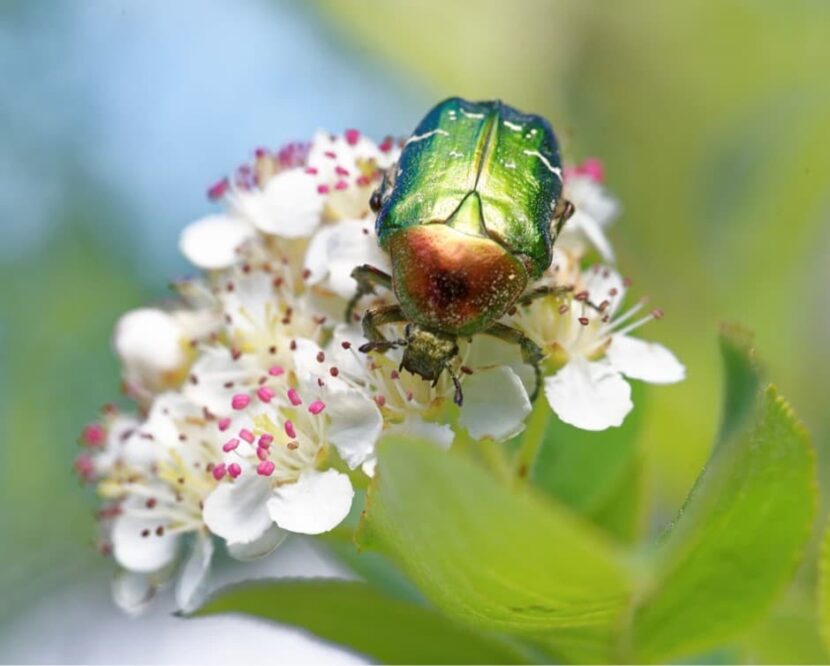
Beetles are attracted by fragrant or scented flowers and eat pollen, but whilst foraging for their favourite snack they act as pollinators along the way. About 25% of the UK’s beetles act as pollinators. That is around 1000 different species and includes ladybirds and rose chafers.
Which Plants Can I Choose to Encourage Pollinators in my Garden?
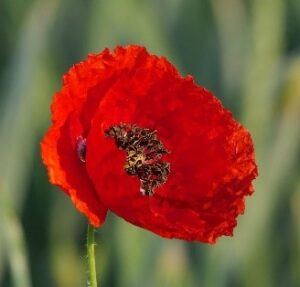
There are many garden plants that are great for encouraging pollinators. Many of these have open bowl shaped flowers which are accessible to a wide range of insects.
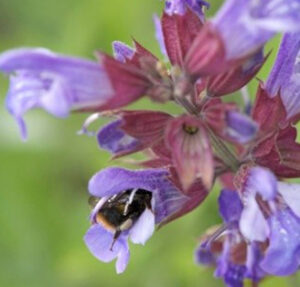
Lipped flowers like those of sage and the pea families offer a landing platform for bees.
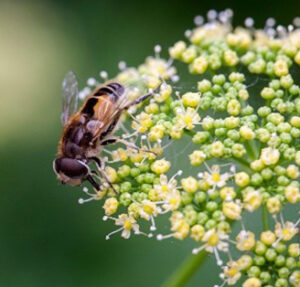
Flat topped flower clusters are great as landing pads where insects can set down like a helicopter would.
If you want to attract a wide range of pollinators to your garden, it is best to have as varied a range of flower shapes as possible. Double flowers which are tightly filled with petals, although stunning to look at, are not great for pollinators because the insects cannot get into the middle. They are also often sterile because the extra petals have been created at the expense of stamens, leaving very little pollen available for reproduction.
Garden Plants For Pollinators
The following is a list of plants commonly available at garden centres in the UK. This list is only a small selection of what is available and bear in mind that some plants may only be available at certain times of the year. The best time to purchase trees for example is from autumn to spring, and for perennials the best range will be available just before or when they are flowering.
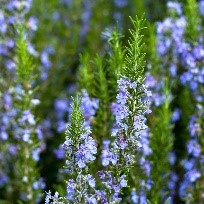
Herbs: Sage, Thyme, Oregano, Marjoram, Rosemary, Mint (most perennial herbs are great for pollinators if they are allowed to flower)
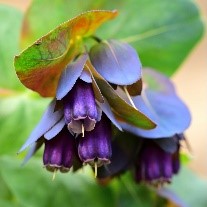
Annuals/Biennials: Foxgloves, Cosmos, Lunaria, Borage, Calendula, Cerinthe, Sunflowers, Poppies, Phacelia
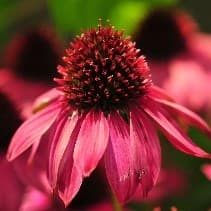
Perennials: Salvia, Dahlia, Scabious, Nepeta, Achillea, Verbena, Echinacea, Coreopsis, Helleborus, Pulmonaria, Agastache, Alcea, Comfrey, Centaurea, Erigeron, Geranium (perennial varieties), Sedum, Knautia, Lychnis, Penstemon, Perovskia, Phlomis, Stachys
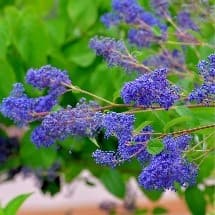
Shrubs: Lavender, Lavatera, Hebe, Ceanothus, Heathers, Mahonia, Currants, Roses (but not tightly double flowered varieties), Eleagnus, Hedera (Ivy)
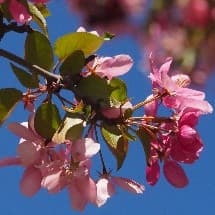
Trees: Crataegus, Malus, Prunus, Tilia (Lime), Viburnum lantana (Wayfaring Tree), Arbutus unedo, Sorbaria, Sorbus (Rowan)
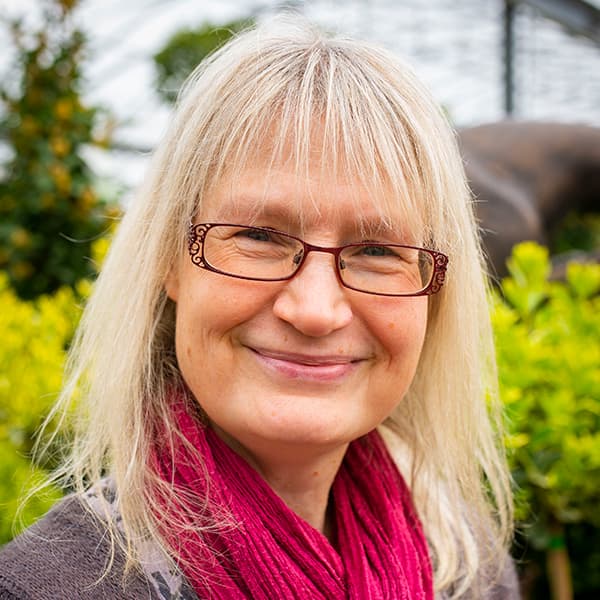
By our resident horticultural expert





